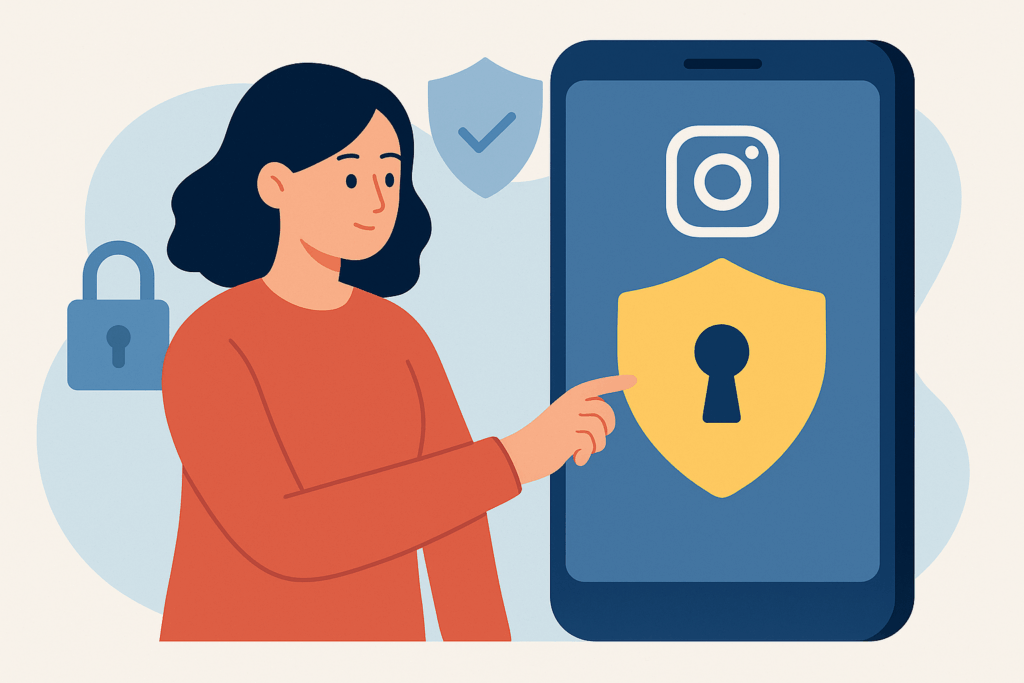
Instagram has evolved from a photo-sharing platform into one of the most dominant social networks, shaping trends, conversations, and even business strategies across the globe. Its visual-first design and massive audience make it a powerful tool for personal expression and marketing—but the same factors that make it appealing can also expose users to privacy and safety risks. In an age when information travels faster than ever, understanding how to stay secure on Instagram is no longer optional—it’s essential.
Protecting Personal Information
The foundation of safety on Instagram starts with awareness. Every post, comment, and Story contributes to your online identity. Seemingly harmless details—like tagging a favorite café or posting vacation photos in real time—can reveal your location and daily patterns. To minimize exposure, users should consider delaying posts until after leaving a location, limit geotags, and avoid sharing sensitive personal information such as phone numbers or addresses. Instagram’s privacy settings allow users to control who sees their posts, comments, and messages, giving you the power to decide what’s public and what’s private.
Cross-Platform Privacy and Online Awareness
Social media platforms like Instagram are just one piece of your larger online presence. The way you handle privacy on one app can affect others. For example, Cyber News recently discussed how users can bypass YouTube TV location by using VPNs—an approach that demonstrates how people can manage or conceal their digital footprints across platforms. While VPNs can enhance privacy by masking IP addresses, the principle applies more broadly: it’s about staying mindful of how data is shared and tracked wherever you go online. Whether scrolling through your feed or streaming videos, maintaining control over your location and identity helps keep your digital life secure.
Recognizing Scams and Fake Accounts
With over a billion users, Instagram inevitably attracts scammers, bots, and impersonators. Fake giveaway posts, fraudulent brand collaborations, and phishing attempts via direct messages are common. Cybercriminals often pose as influencers or official accounts to trick users into sharing login credentials or financial information. The safest practice is to avoid clicking suspicious links and to verify brand partnerships through official websites or verified profiles. If you encounter a fake account, report it immediately—Instagram’s reporting tools are there to protect both you and the wider community.
Managing Data and Third-Party Access
Instagram’s algorithms thrive on data. Every interaction—likes, comments, saved posts—helps the platform tailor your experience, but it also contributes to a detailed behavioral profile. Many users connect their accounts to external tools for analytics, scheduling, or editing, which can increase privacy risks if those apps mishandle data. Regularly reviewing and revoking permissions for third-party apps reduces exposure to potential breaches. It’s equally important to enable two-factor authentication (2FA) to prevent unauthorized access and to update your app regularly for the latest security patches.
Mental Health and Digital Boundaries
Privacy isn’t only about protecting data—it’s also about safeguarding mental wellbeing. Constant exposure to filtered realities and algorithm-driven content can affect users’ self-esteem, focus, and emotional health. Setting boundaries, such as limiting screen time, muting toxic accounts, or curating your feed to include uplifting content, can drastically improve your experience. Instagram now provides “Quiet Mode” and “Activity Break” reminders to help users manage time spent on the app consciously. Protecting your mental space is just as crucial as protecting your digital identity.
Algorithmic Transparency and the Future of Privacy
As artificial intelligence becomes more integrated into social platforms, users must also consider how algorithms shape their digital experiences. Instagram’s algorithm determines what content appears in your feed, often based on your engagement and viewing patterns. This personalization can feel convenient but can also create echo chambers or reveal more about your interests than you might realize. Reviewing ad preferences, adjusting personalization settings, and staying informed about how your data is used are vital steps toward digital empowerment.
Balancing Creativity with Caution
Ultimately, Instagram’s charm lies in its ability to inspire creativity and connection. Yet, true enjoyment comes from using it wisely. By combining mindful sharing, smart privacy practices, and regular security checks, you can engage with confidence while keeping control of your digital presence. Social media doesn’t have to be a risk—it can be a powerful space for creativity and connection when approached with awareness and balance.
In a digital world where visibility often equals vulnerability, protecting your privacy on Instagram isn’t about hiding—it’s about being intentional. The more you understand your data, the better equipped you are to use the platform safely, responsibly, and authentically.



